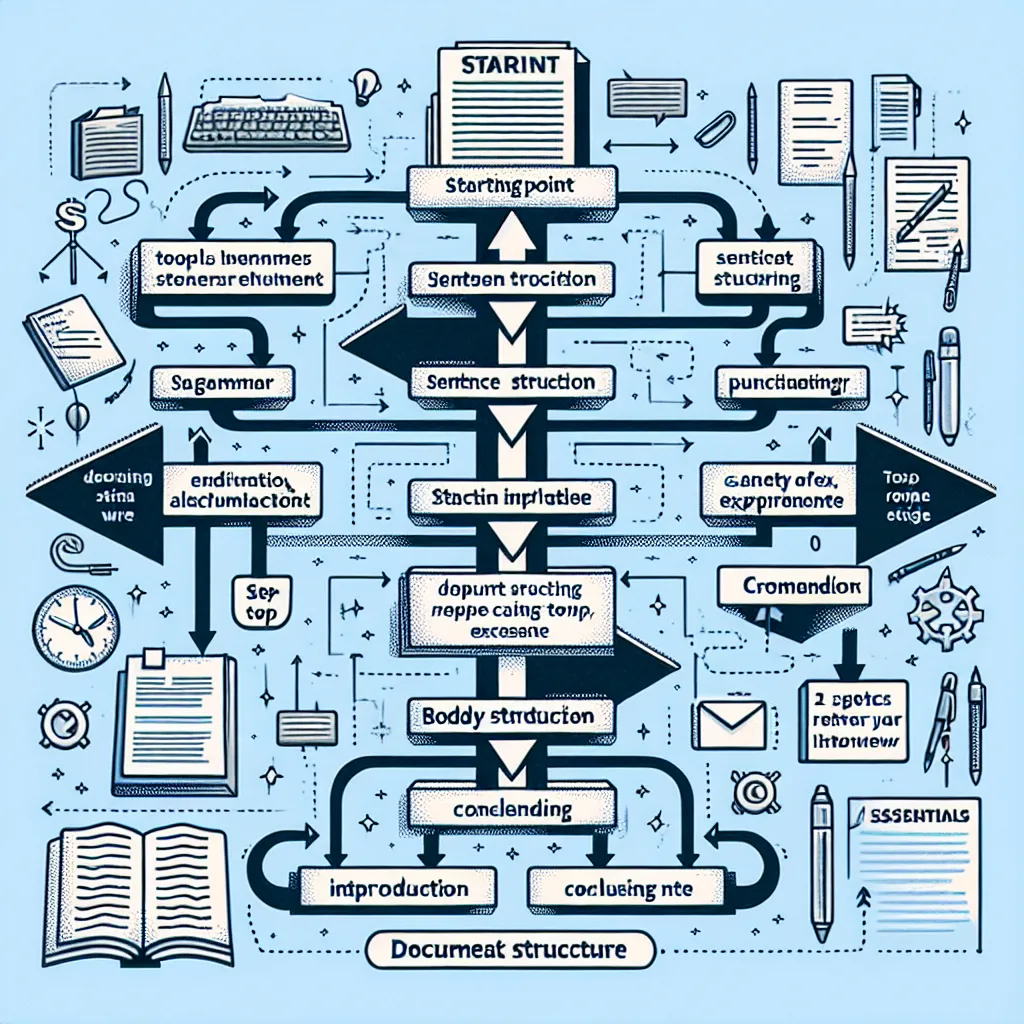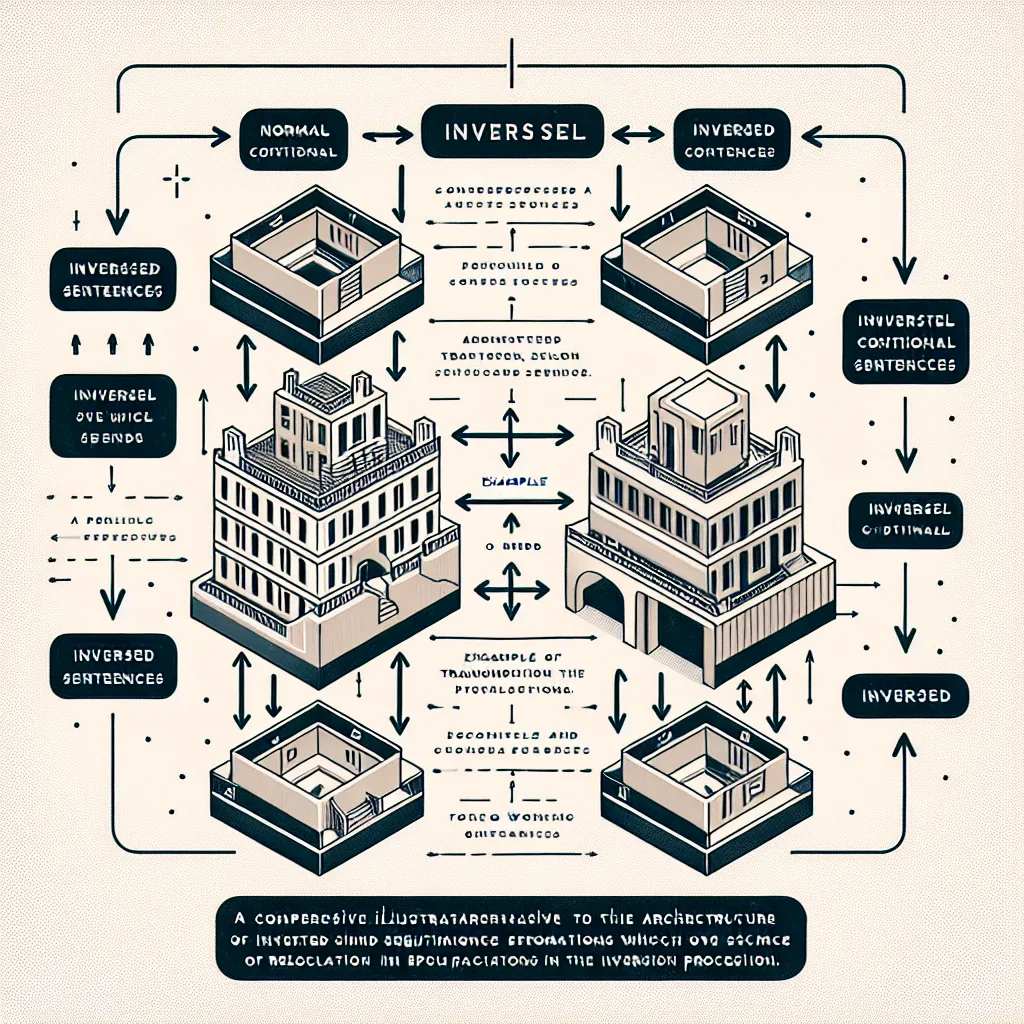Technical writing demands precision, clarity, and the effective use of advanced syntax. This guide will help you enhance your skills in crafting sophisticated technical documents that are both informative and engaging.
Understanding Advanced Syntax in Technical Writing
Advanced syntax in technical documents refers to complex grammatical structures and sophisticated language usage that elevate the quality and professionalism of your writing. Mastering these elements is crucial for conveying complex information accurately and efficiently.
 Advanced technical writing setup
Advanced technical writing setup
Key Components of Advanced Syntax
- Complex Sentence Structures
- Precise Technical Vocabulary
- Effective Use of Passive Voice
- Conditional Statements
- Parallel Structure
Implementing Advanced Syntax Techniques
1. Crafting Complex Sentences
Complex sentences combine independent and dependent clauses to express relationships between ideas. For example:
“While the initial prototype showed promise, subsequent testing revealed critical flaws that necessitated a complete redesign of the system architecture.”
This sentence effectively combines multiple ideas into a single, cohesive statement.
2. Employing Precise Technical Vocabulary
Using domain-specific terminology enhances the accuracy and professionalism of your document. For instance:
“The algorithm utilizes a heuristic approach to optimize resource allocation in multi-threaded environments.”
This sentence demonstrates the use of precise technical terms that convey specific meaning to the intended audience.
3. Strategic Use of Passive Voice
While active voice is generally preferred, passive voice can be useful in technical writing when the focus is on the action or result rather than the actor. For example:
“The data was processed using a custom-built algorithm.”
This construction emphasizes the action (data processing) over who performed it.
4. Implementing Conditional Statements
Conditional statements are crucial in technical writing for describing various scenarios or possibilities. For instance:
“If the system load exceeds 80%, additional servers will be automatically provisioned to maintain performance.”
This sentence clearly outlines a condition and its corresponding action.
5. Maintaining Parallel Structure
Parallel structure enhances readability and clarity, especially in lists or comparisons. For example:
“The new software version offers improved performance, enhanced security features, and optimized resource utilization.”
Each element in this list follows the same grammatical structure, making it easier to read and understand.
Advanced Syntax in Action: A Case Study
Let’s examine a paragraph that incorporates multiple advanced syntax techniques:
“The proposed system architecture, which integrates cloud-based microservices with on-premises legacy systems, offers unprecedented scalability and flexibility. By leveraging containerization technology, the solution enables rapid deployment of new features while maintaining backward compatibility. Although initial implementation costs may be higher, the long-term benefits, including reduced maintenance overhead and improved system resilience, far outweigh the initial investment.”
This paragraph demonstrates:
- Complex sentence structures
- Technical vocabulary
- Parallel structure
- Conditional reasoning (implied in the cost-benefit analysis)
Common Pitfalls to Avoid
- Overcomplicating sentences: Strive for clarity over complexity.
- Misusing technical terms: Ensure you fully understand and correctly apply specialized vocabulary.
- Inconsistent tense usage: Maintain consistent tense throughout your document.
- Neglecting transitions: Use transitional phrases to maintain flow between complex ideas.
Enhancing Your Advanced Syntax Skills
To further develop your mastery of advanced syntax in technical writing, consider the following strategies:
- Study exemplary technical documents in your field.
- Practice rewriting complex ideas using varied sentence structures.
- Engage in peer review to receive feedback on your syntax usage.
- Utilize style guides specific to technical writing.
 Technical writing improvement process
Technical writing improvement process
Conclusion
Mastering advanced syntax in technical documents is a continuous process that requires practice, attention to detail, and a deep understanding of your subject matter. By implementing the techniques discussed in this guide, you can significantly enhance the quality and effectiveness of your technical writing. Remember, the goal is to convey complex information clearly and precisely, enabling your audience to grasp intricate concepts with ease.
For more insights on improving your technical writing skills, check out our guide on how to develop English proficiency in technical writing. Additionally, if you’re interested in applying these skills to specific types of documents, our article on advanced grammar for corporate reports offers valuable guidance.




